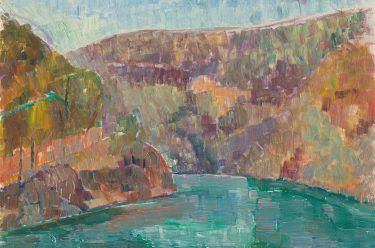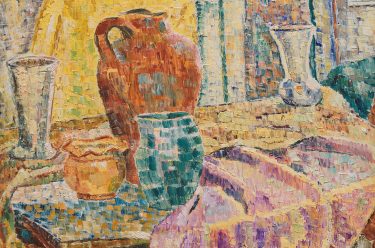Grace Cossington Smith (1892–1984) was one of the most inventive colour painters to emerge from Australia’s first wave of modernism in the early decades of the twentieth century.
After growing up in Sydney’s northern suburbs, in 1914 Cossington Smith moved with her family to the Turramurra residence that would become her lifelong home and the centre of her creative production. She had already begun studying with the painter Antonio Dattilo-Rubbo, whose central Sydney studio became the site of much artistic experimentation during the interwar period. Though she travelled in Europe from 1912 to 1914, Cossington Smith claimed to have learnt the methods of Van Gogh, Cézanne, Gauguin and Seurat under Dattilo-Rubbo rather than overseas.
Grace Cossington Smith c.1930–40
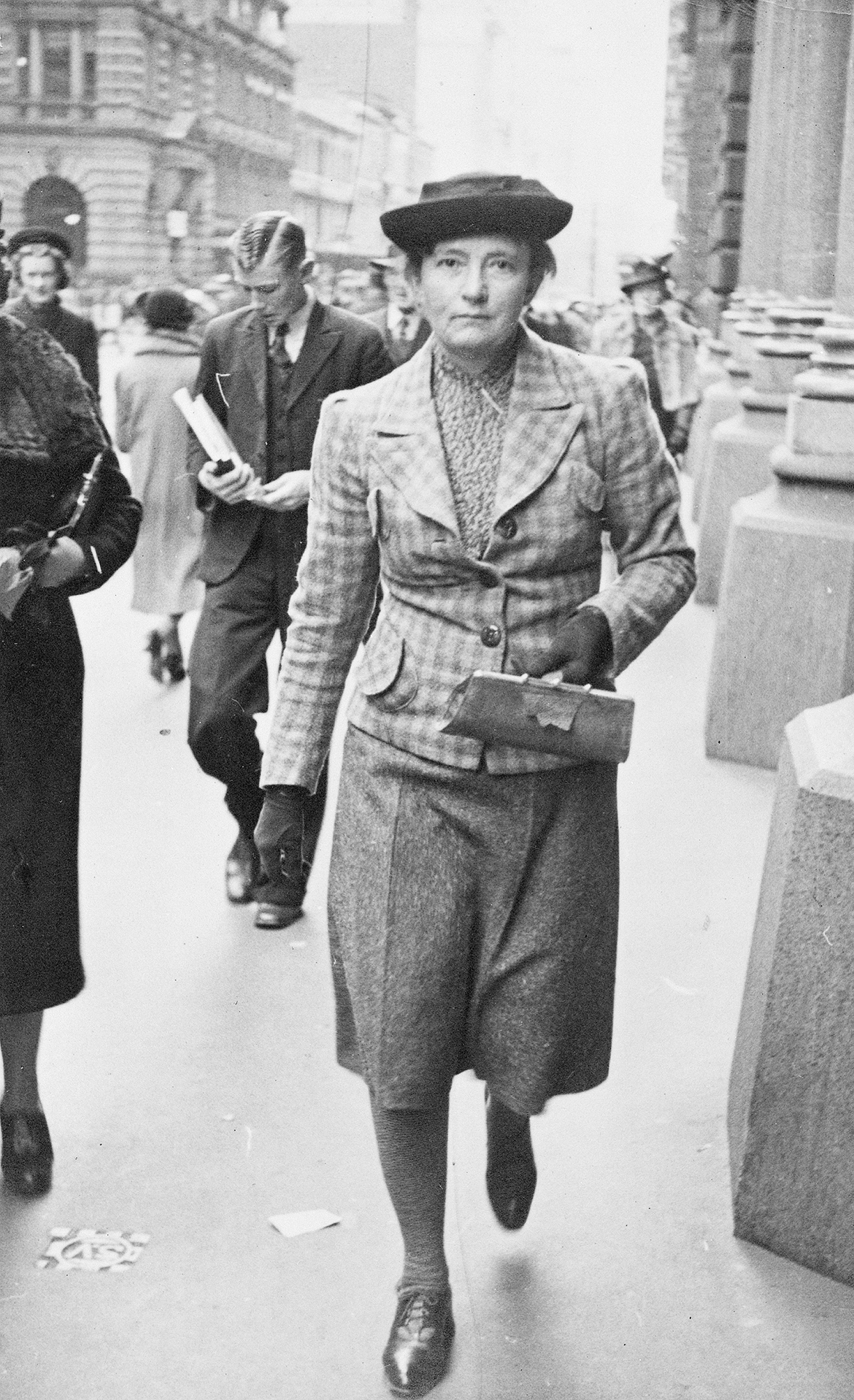
Grace Cossington Smith ‘Interior in Florence’ 1949

Cossington Smith left Dattilo-Rubbo’s studio in 1926, after which Sydney’s light-filled harbour and the leafy terrains around Turramurra formed the main subjects of her art. Around this time the book The New Science of Colour (1915) by the American writer Beatrice Irwin fuelled Cossington Smith’s interest in colour as a force capable of invoking the energetic undercurrents of her subjects. This is exemplified by her paintings of the construction of Sydney Harbour Bridge in the late 1920s, which form some of the most compelling examples of early Australian modernism.
Grace Cossington Smith ‘The bridge in building’ 1929
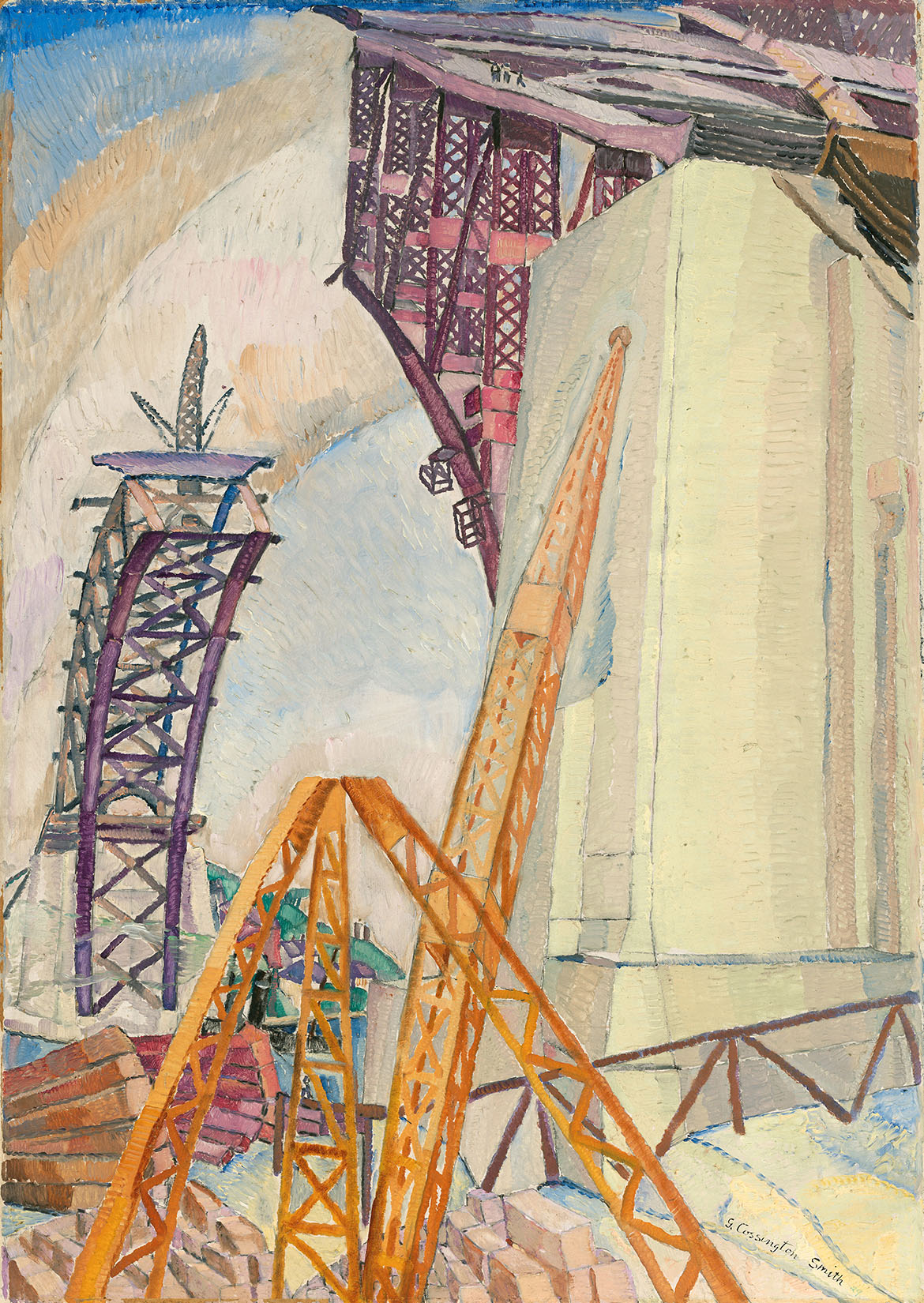
While Cossington Smith worked in relative seclusion from her upper–North Shore home during the following decades, she was a regular contributor to group and solo exhibitions in Sydney. In the 1940s her work shifted in palette and tone to reflect the sombre hues and loose forms of Australia’s native bush. She embarked on her last series of paintings in the 1950s, based on the rooms and spaces around her home. These interiors typify her desire to express ‘colour vibrant with light’.
As a result of her solitude and self-effacing manner, Cossington Smith’s work was not widely known until late in her career. She died aged 92 in 1984.
Grace Cossington Smith ‘Foxgloves growing’ 1929
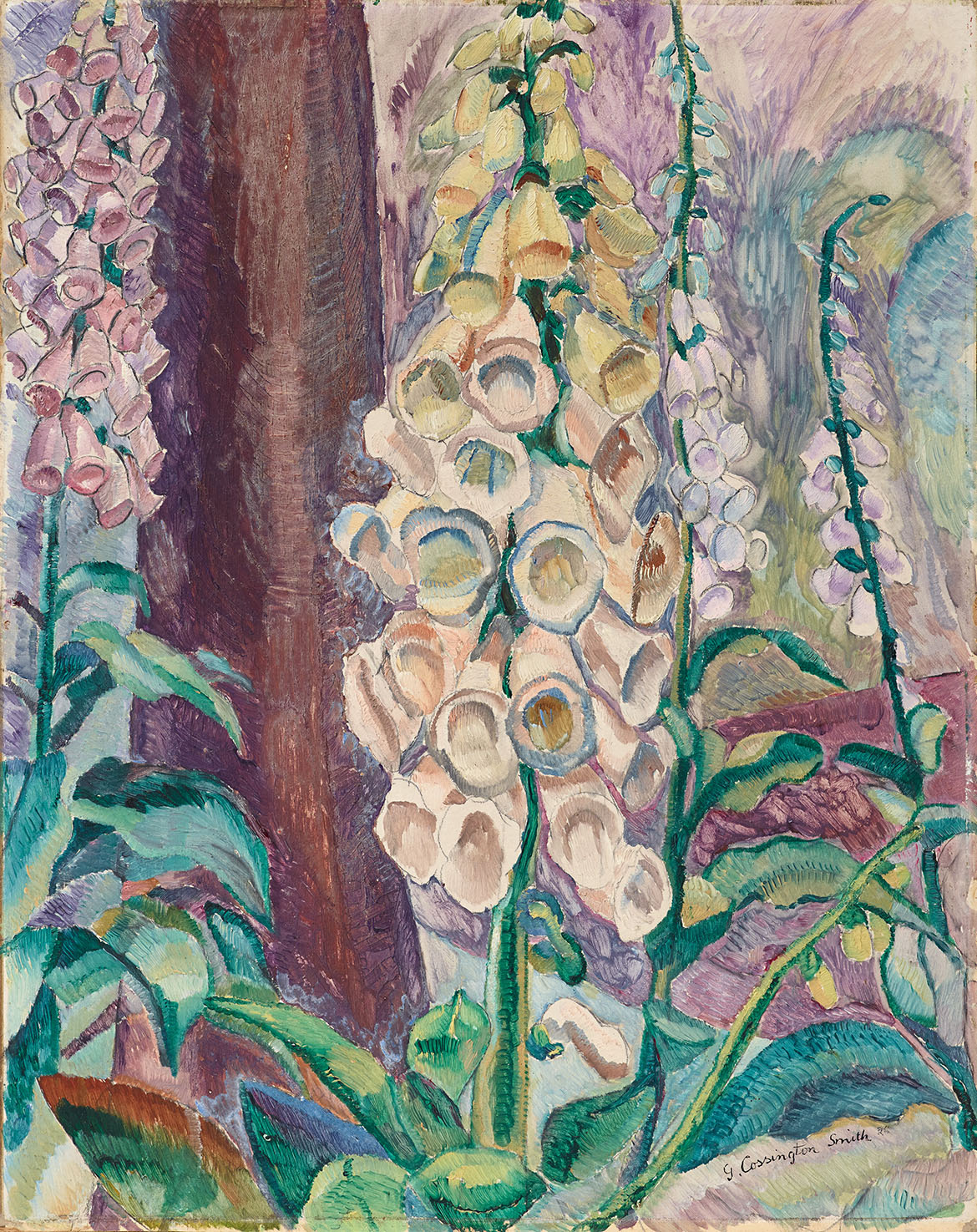
Grace Cossington Smith ‘The window’ 1956
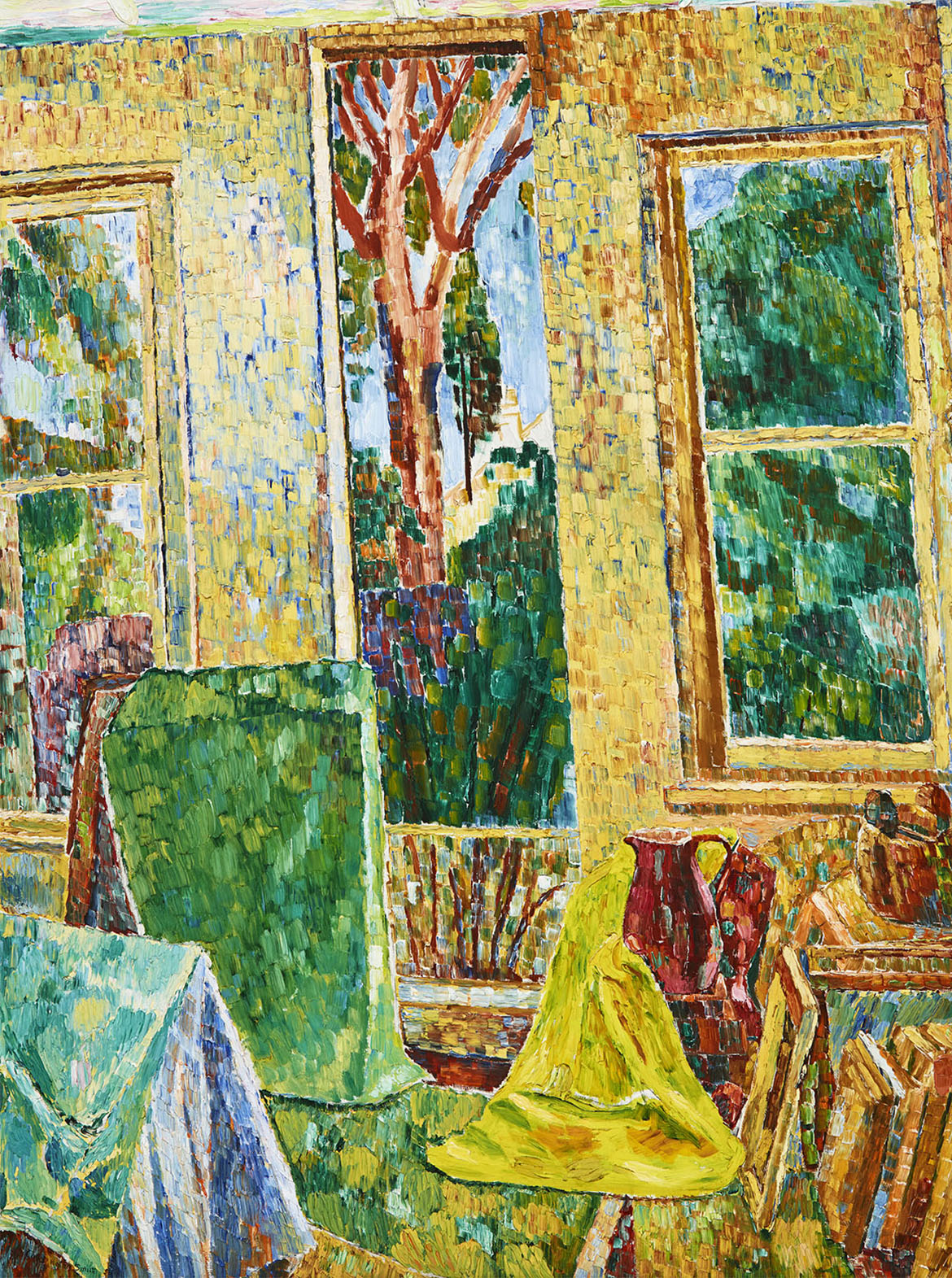
‘Making Modernism’ / Queensland Art Gallery / 11 March to 11 June 2017 / The exhibition is presented by the Heide Museum of Modern Art, Victoria, the Art Gallery of New South Wales, Sydney, and the Queensland Art Gallery | Gallery of Modern Art, Brisbane, in partnership with the Georgia O’Keeffe Museum, Santa Fe, and supported by the Terra Foundation for American Art and the Gordon Darling Foundation.
#QAGOMA

